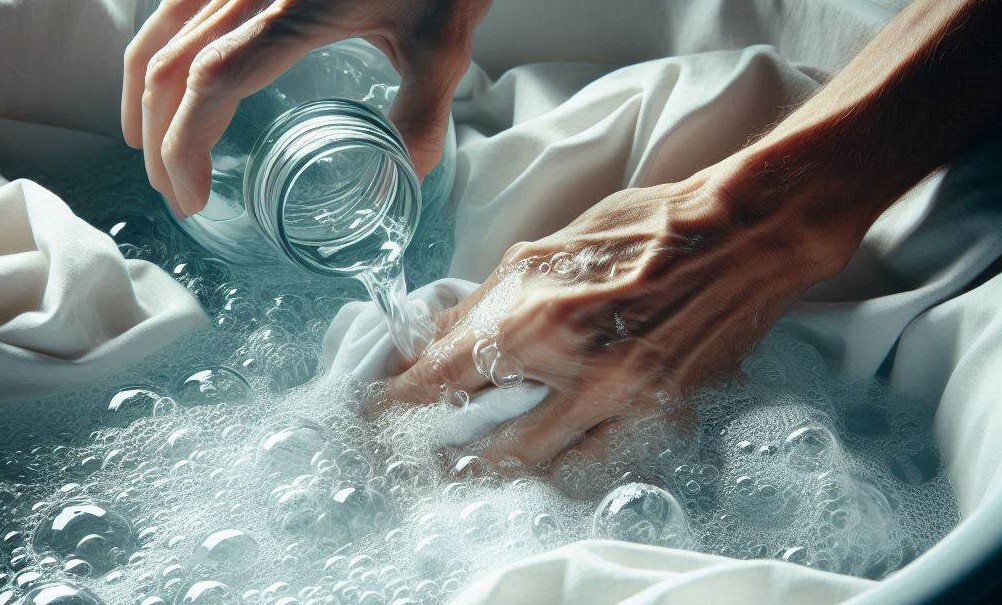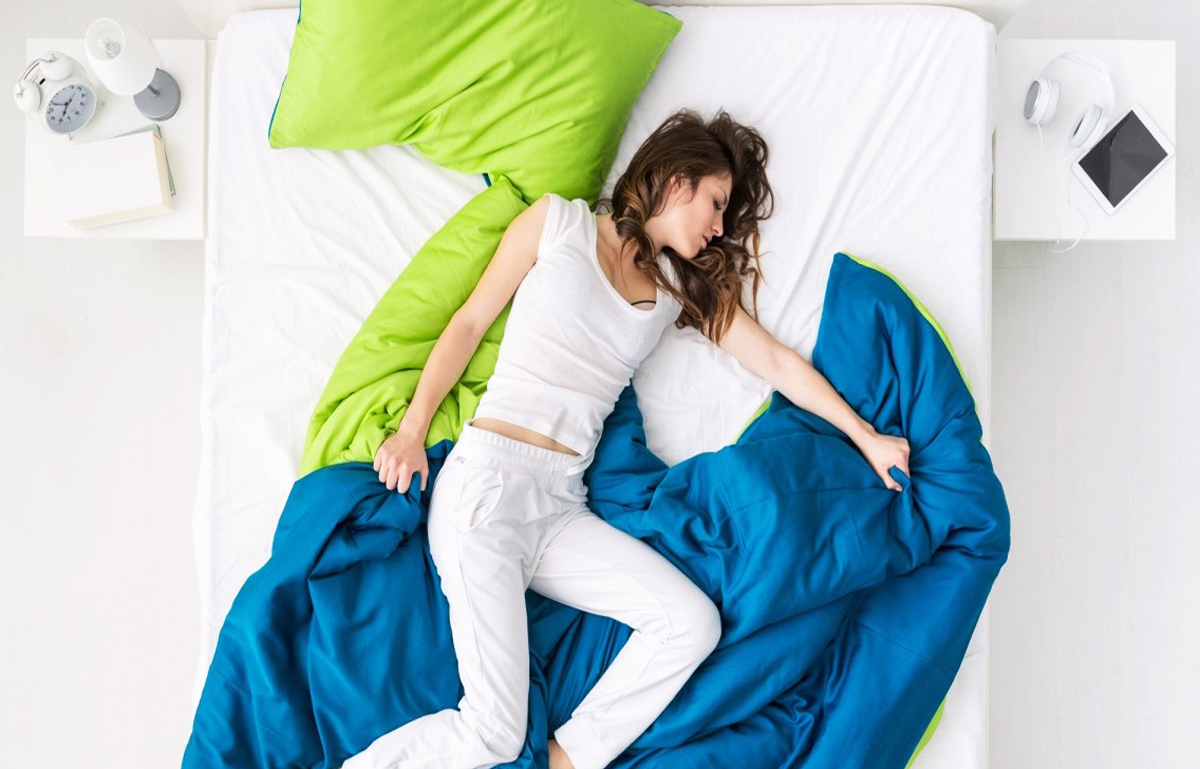Can You Dry Clean Bed Sheets? Discover the Expert Way!

Can you dry clean bed sheets? Yes, you can dry clean bed sheets to maintain their cleanliness and freshness. Dry ...
Read moreCan You Use a Bed Sheet As a Projector Screen? Discover the Possibilities!

Can you use a bed sheet as a projector screen? Yes, a bed sheet can be used as a projector ...
Read moreCan You Get Bed Bugs from Not Changing Sheets? 5 Shocking Truths Revealed!

Can you get bed bugs from not changing sheets? Yes, not changing sheets can lead to bed bug infestations due ...
Read moreCan Bed Sheets Make You Sweat? Discover the Truth Behind the Nighttime Perspiration

Yes, bed sheets can make you sweat. Bed sheets play a significant role in regulating body temperature and comfort during ...
Read moreHow Often Should You Change Your Sheets? Here’s the Clean Truth

How often should you change your sheets? Every day, you awaken from your bed and bring down to clean yourself. ...
Read more